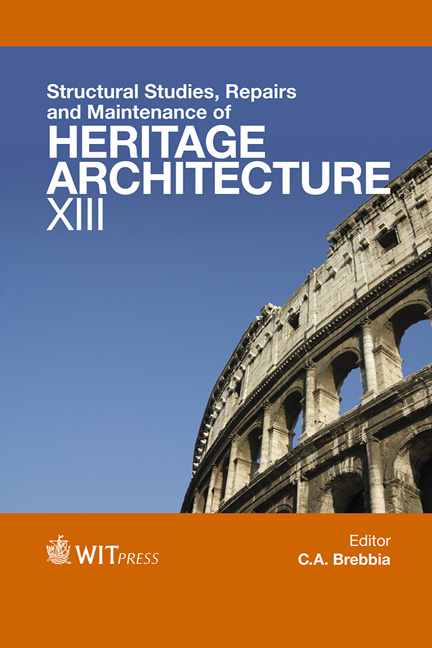The Value Of Railway Heritage For Community Development
Price
Free (open access)
Transaction
Volume
131
Pages
12
Page Range
61 - 72
Published
2013
Size
381 kb
Paper DOI
10.2495/STR130061
Copyright
WIT Press
Author(s)
U. Llano-Castresana, A. Azkarate & S. Sánchez-Beitia
Abstract
The progressive modernization of the railway infrastructure has caused many lines (both active and disused) to progressively leave apart a series of railway buildings (some of them, architectural and civil engineering elements of great value), with their use already obsolete or without the main function which they were intended for. The high cost of maintenance leads them to a progressive state of margination, neglect and decay. This paper discusses various elements of the railway heritage, particularly the stations and their auxiliary buildings, their context and the way to put them in value, according to the needs of the society and the territory in which they are set. The railway heritage represents potentially an added value that can be assumed, correctly managed, be the drive shaft of a new function that ensures the future of the stations and serve as the main driving force and enhancer for the active development of a community or territory. For this, the analysis of the territorial strategy, the new energetic and social model and the existing potential in the closer areas will play a key role in achieving, through a new strategic role demanded by society, a self-management of architectural (constructed) railway heritage. Keywords: railway heritage, regional development, active resources, territorial structuration, potential forces of the surroundings, energetic model, social model.
Keywords
Keywords: railway heritage, regional development, active resources, territorial structuration, potential forces of the surroundings, energetic model, social model.




